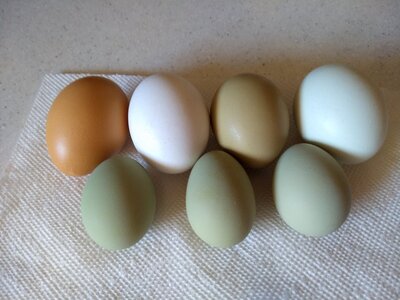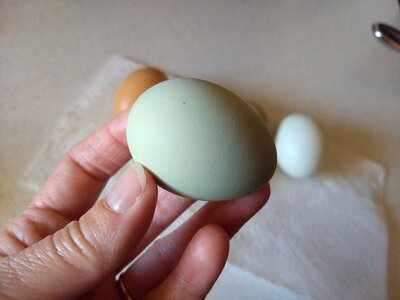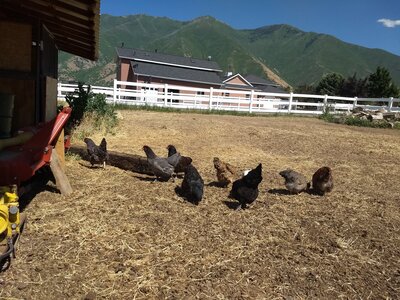So, what is Silverudd's Blue and why do they look like Isbars?
This weekend in Sweden, the name of the Isbar Blue, as they are known in Sweden was officially changed to Silverudd's Blue. I hate to leave you hanging on the whole story, but I am very short on time right now. I will return shortly (hopefully) with the rest of the story.....
This weekend in Sweden, the name of the Isbar Blue, as they are known in Sweden was officially changed to Silverudd's Blue. I hate to leave you hanging on the whole story, but I am very short on time right now. I will return shortly (hopefully) with the rest of the story.....
Last edited:







